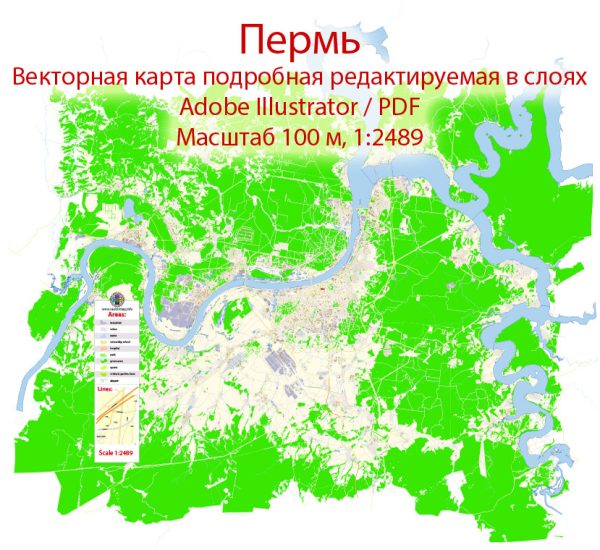Perm, located in the European part of Russia, is an industrial and cultural center with a rich history of urban development. Here’s an overview of Perm’s history:
- Early Settlements and Foundation:
- The area around Perm has a history of human habitation dating back thousands of years, with evidence of ancient settlements.
- The modern city traces its roots to the 18th century when it was founded in 1723 as a copper and iron mining settlement. The proximity to natural resources played a crucial role in its development.
- Industrialization and Growth:
- In the 19th century, Perm became a significant industrial center with the development of metallurgy, machine building, and chemical industries.
- The construction of the Trans-Siberian Railway in the late 19th century further boosted the city’s growth, making it an important transportation hub.
- Soviet Era:
- Like many cities in the Soviet Union, Perm experienced rapid industrialization and urbanization during the early to mid-20th century.
- The city played a role in military production during World War II, contributing to the Soviet war effort.
- Post-Soviet Period:
- With the collapse of the Soviet Union in 1991, Perm, like many other Russian cities, went through a period of economic and social transformation.
- The city faced challenges as it adapted to a market-oriented economy, but it also saw the emergence of new opportunities and industries.
- Cultural and Educational Development:
- Perm has a strong cultural and educational tradition. It is known for its theaters, museums, and educational institutions.
- The Perm State Art Gallery, Perm Opera and Ballet Theatre, and Perm State University are among the cultural and educational landmarks contributing to the city’s identity.
- Urban Planning and Architecture:
- Perm’s architecture reflects its historical evolution, with a mix of styles from different periods. The city has both modern and historic buildings.
- Urban planning has evolved over time, with efforts to balance industrial development, residential areas, and green spaces.
- Contemporary Developments:
- In recent years, Perm has focused on modernization and infrastructure improvements.
- Urban renewal projects, the development of public spaces, and efforts to promote tourism have been part of the city’s contemporary development strategy.
- Challenges and Opportunities:
- Like many cities, Perm faces challenges such as infrastructure maintenance, economic diversification, and environmental concerns.
- The city continues to explore opportunities for sustainable development and aims to maintain a balance between its industrial heritage and the quality of life for its residents.
In summary, Perm’s history of urban development is characterized by its industrial roots, cultural contributions, and ongoing efforts to adapt to changing economic and social landscapes. The city’s story reflects broader trends in Russian urban history, including periods of rapid industrialization, cultural flourishing, and the challenges of transition in the post-Soviet era.


 Author: Kirill Shrayber, Ph.D.
Author: Kirill Shrayber, Ph.D.